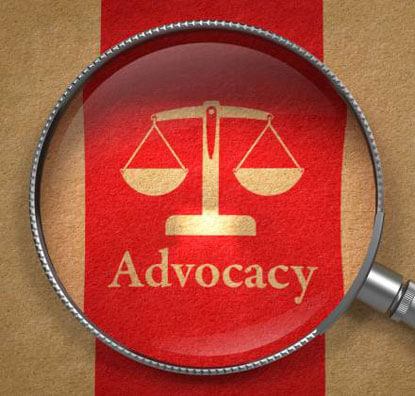The federal statute signed into law by President Barack Obama on March 23, 2010, The Patient Protection and Affordable Care Act, Together with the Health Care and Education Reconciliation Act, commonly called the Affordable Care Act (ACA) or “Obama care”, represents the most significant regulatory overhaul of the U.S. healthcare system since the passage of Medicare and Medicaid in 1965.
Introducing a number of mechanisms—including mandates, subsidies, and insurance exchanges, Obama care was enacted with the goals of increasing the quality and affordability of health insurance, lowering the uninsured rate by expanding public and private insurance coverage, and reducing the costs of healthcare for individuals and the government.
According to a revised projection by the Congressional Budget Office experts, the predictions for the long term effects of Obama Care on the U.S. economy are not favorable. House speaker John Boehner stated that, the report showed how “the middle class is getting squeezed in this economy,” reported Fox News. Paul Ryan offered his opinion as well in a written statement. Ryan tells Fox News, “This costly law is not only pushing government spending to new heights, it is disrupting coverage and leaving millions of Americans worse off.”
A member of the Senate Finance Committee, Senator Orrin Hatch, called the report’s findings “devastating” to the millions of Americans who are seeking employment. The Congressional Budget Office had also previously projected that Obama Care would lead to about 650,000 fewer jobs. The new 2.3 million estimates is significantly higher. It says that “lower-wage workers” will see the biggest reduction in the number of hours worked.
Providing insurance coverage to millions of more people will increase the use of health care services. This is a policy objective of the Affordable Care Act, but it means more spending, so the law includes measures meant to slow the growth of health costs.
Image Credit: www.examiner.com













































